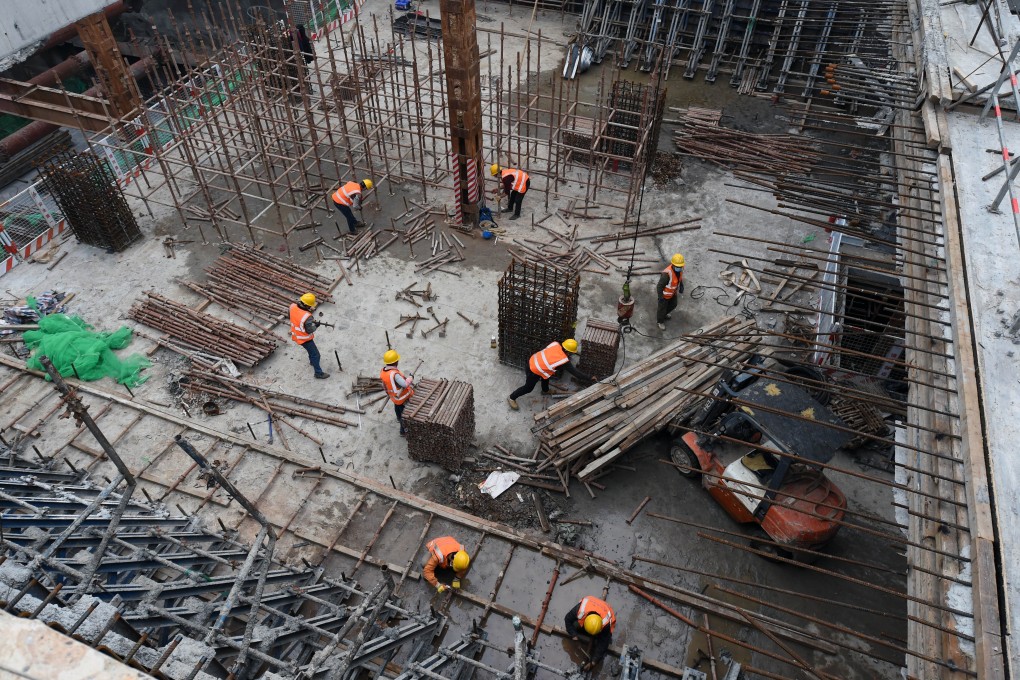China’s relaxed land rules could speed up urbanisation, offer economic boost amid coronavirus
- The State Council, China’s cabinet, lifts restrictions to allow provinces to use certain farmland for development without prior approval
- Guangdong, Zhejiang, Jiangsu Beijing, Tianjin, Shanghai, Anhui, and Chongqing handed extra allowance under one-year trial

China has made a small but significant tweak in its rigid land management system that could accelerate urbanisation, especially in large cities and affluent coastal areas, that could spur urban development in a bid to keep growth on track amid the outbreak.
All provinces will now be allowed to use farmland not already classified as “permanent arable land” for development purposes without first obtaining approval the central government, China’s cabinet, the State Council, said last week.
But under a one-year trial, eight rich municipalities and provinces, namely Guangdong, Zhejiang, Jiangsu Beijing, Tianjin, Shanghai, Anhui, and Chongqing, will also be allowed to use “permanent arable land” for development.
The intention, first and foremost, is to improve the efficiency of land uses … and one of the outcomes would be more land supply [for urban development]
Local authorities, though, are still subject to annual quotas for land use and farmland protection.